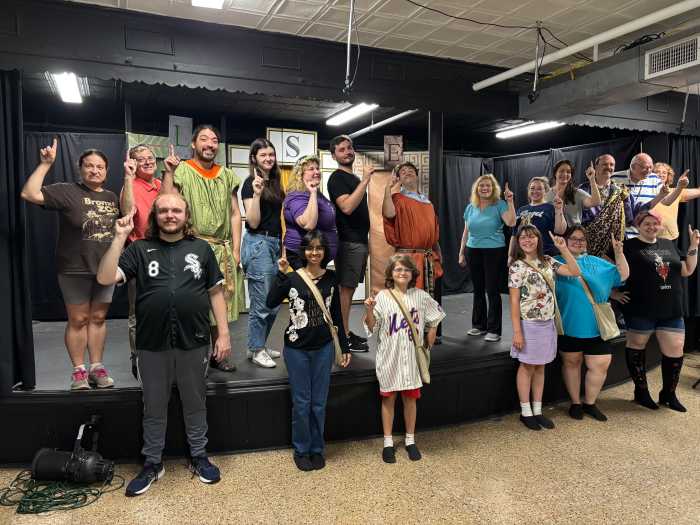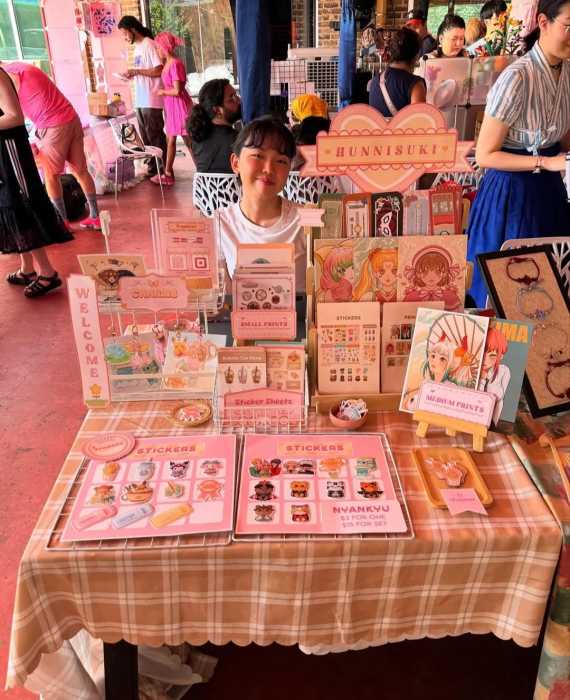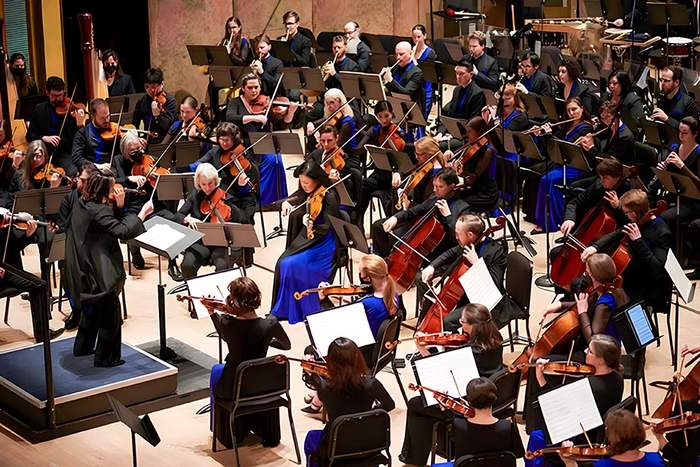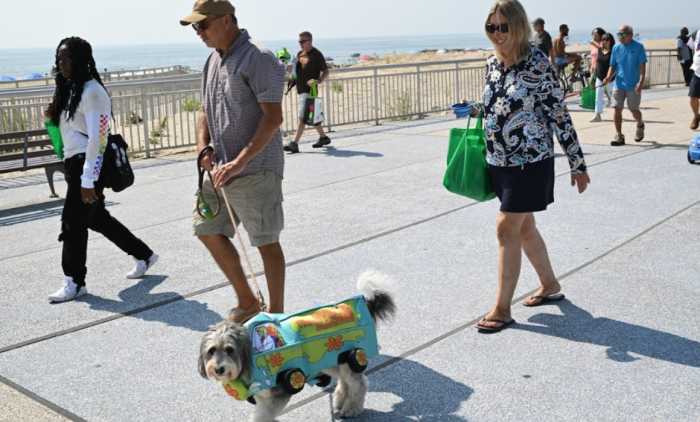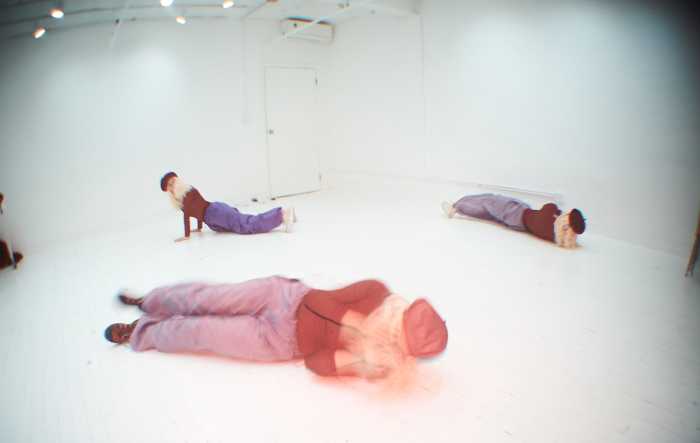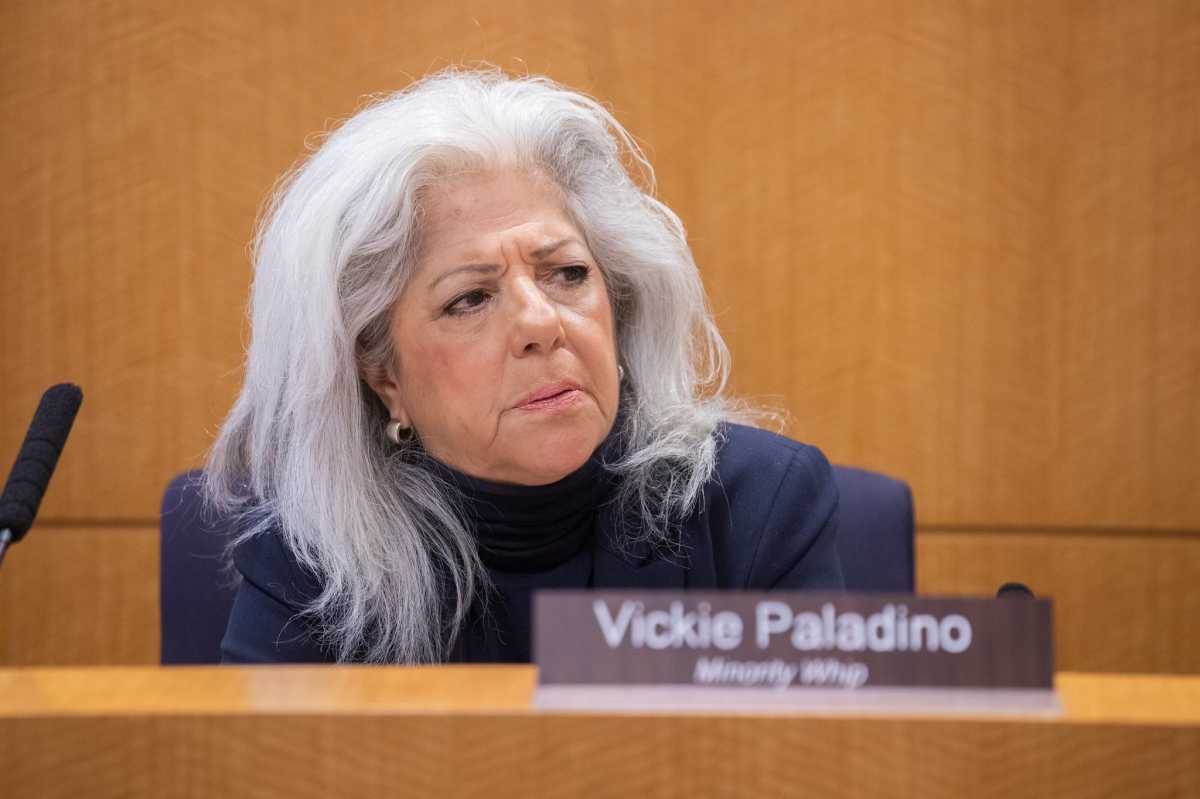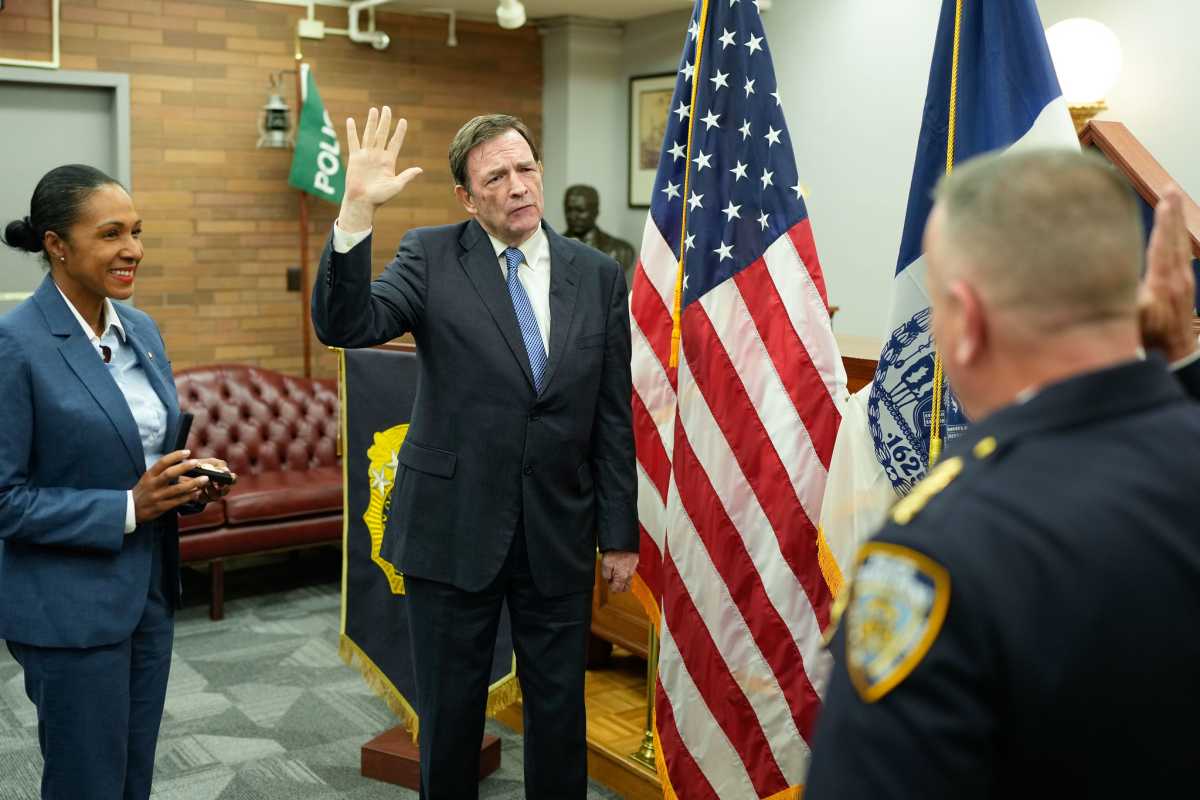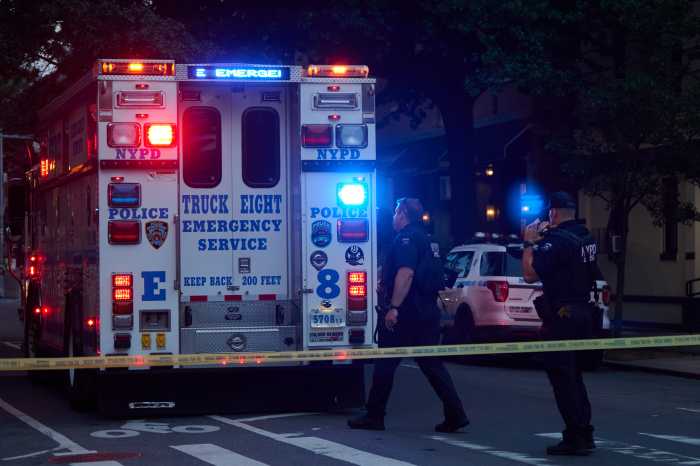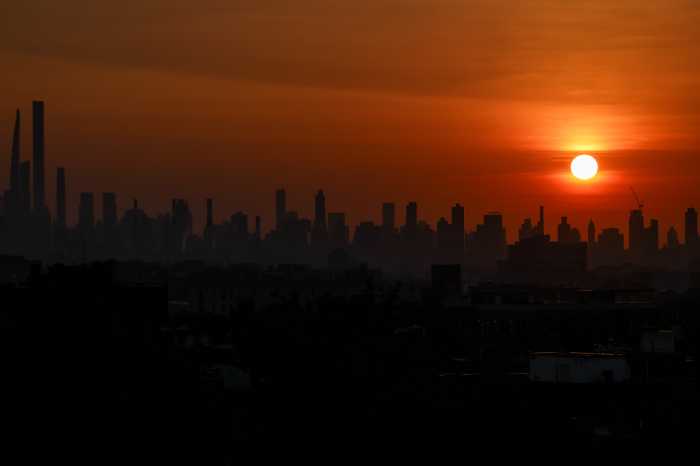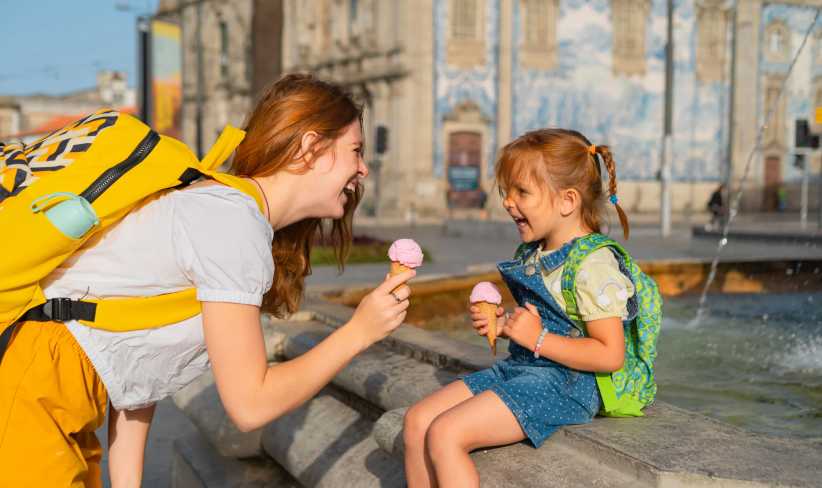BY KIRSTEN E. PAULSON
After Hurricane Sandy flooded his Lower East Side shop, tattoo artist Byron Velasquez found a new home at Mean Street Tattoo on Bell Boulevard in Bayside.
Velasquez has over 20 years of experience as a tattoo artist, and like many artists, he became interested in art at a young age.
“I could honestly say I was born with it—I think I started drawing before I could spell out my name,” he said.
As a teenager growing up in Jackson Heights in the 1980s, Velasquez was drawn to the bold styles and colors of the graffiti art that was common throughout the neighborhood. Building walls became his first canvases.
Later on in the 1980s, Velasquez landed a job at Unique Boutique, a mall in Greenwich Village. He continued to work with aerosol as an airbrush artist painting designs and portraits of rock stars on to white Converse sneakers. Eventually, he became interested in paint-on tattoos and began offering them to customers. That caught the attention of an acquaintance who owned a tattoo machine, and after learning how to use the machine, Velasquez said he offered to fix a friend’s tattoo.
Soon after leaving Unique Boutique, Velasquez moved to Isla Verde in San Juan, Puerto Rico, an area popular with tourists. After running into difficulty finding a job, he bought his own tattoo machine and began offering tattoos to tourists.
“That was my first business doing tattooing,” he said. “I was self-taught, with San Juan tourists being my guinea pigs.”
Velasquez spent about nine years in San Juan, during which time he worked in a Harley Davidson accessories shop called Storm Riders. When that shop closed, he partnered with one of its former owners to open their own shop, Casa de la Raza.
Velasquez said that he worked with color ink for four years, until he realized that tattoos in color ink would become faded after exposure to the sun and the sea. He immediately switched to working in a style that would eventually become his specialty—black-ink tribal tattoos.
His Ecuadorian heritage has been a huge influence on his artwork. The tribal tattoos that he has become known for are inspired by a variety of pre-Columbian civilizations, including Mayan, Incan, and Polynesian.
“My father…[has an] indigenous background and because of that I feel like it was in his blood and it came to me,” he said, and with a laugh added, “The Inca gods got into my blood stream.”
Velasquez worked out of Casa de la Raza for another four years. Upon being bought out, he made the decision to return to New York City, where he took a job with Rising Dragon, a tattoo shop in the Chelsea Hotel. He continued working in his signature style, but says that the job “opened him back up to color work.” He also said that Rising Dragon got a lot of celebrity customers; he personally tattooed celebrities such as actor Tom Hardy, four-time Grammy Award-winning Latin musician Robi Draco Rosa, and David LaChappelle, an award-winning photographer.
Velasquez left Rising Dragon after nine years to open his own shop on the Lower East Side, Abstract Black.
“It was a beautiful location, I built it myself, had [other] tattoo artists working in there,” he said. “It was a positive experience because it showed me the ropes of opening my own business.”
Abstract Black closed down after four years, when Hurricane Sandy hit and flooded the shop, causing a staggering amount of damage. Eventually, he made his way to Bayside and began working at Mean Street Tattoos on Bell Boulevard, where he works regularly on Mondays and Wednesdays. The rest of the week he works at Mean Street by appointment or in Washington Heights in uptown Manhattan.
Velasquez says that he hopes to open another shop of his own in the next two or three years, either in New York City or in the Caribbean. He has also thought about opening a tropical bed-and-breakfast that also functions as a tattoo shop.
In the long-term, Velasquez says he’ll always work to develop his style and hone his skills as an artist.
“I will never be perfect. I’ll always strive to be a better artist till the day I die. I’ve never been secure in saying I don’t need to practice any further. That doesn’t exist to me.”

